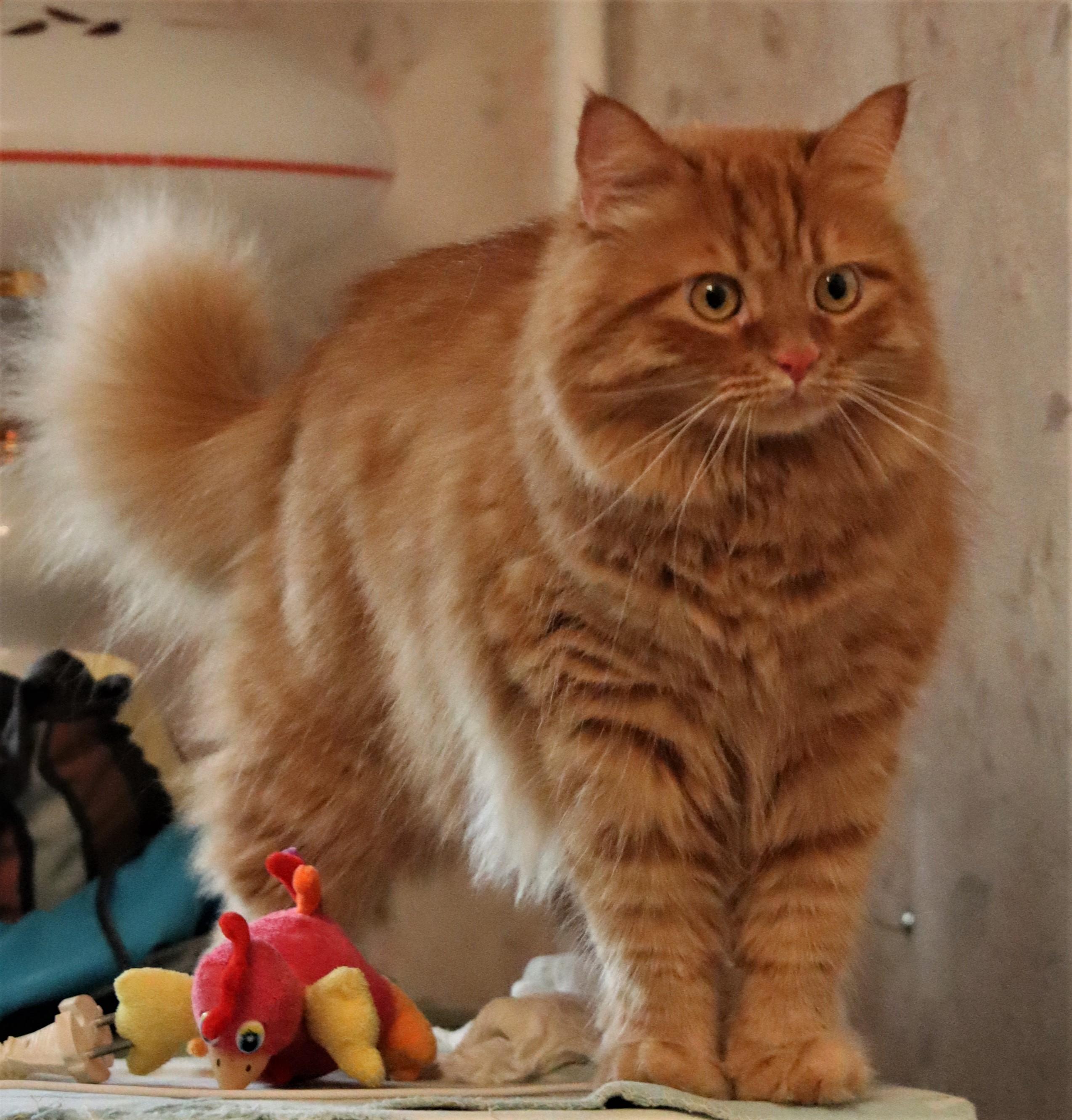Welcoming a rescue dog into your home is a journey filled with hope and compassion, but for those pups who have experienced fear and uncertainty, the road to trust can be a delicate one. Understanding the unique needs of fearful rescue dogs is essential in helping them transform from anxious to assured. This article serves as your guide to nurturing confidence and comfort in these sensitive souls. With patience, love, and informed strategies, you can help your furry friend blossom into a joyful and secure companion. Join us as we explore the most effective socialization techniques, offering you the tools to make a profound difference in the life of your rescue dog.
Creating a Safe Space for Your Rescue Dog
When welcoming a rescue dog into your home, it’s essential to ensure they feel secure and comfortable. Creating a safe environment starts with designating a quiet, cozy corner where your dog can retreat whenever they feel overwhelmed. Consider using a soft bed or blanket, and place it in a low-traffic area of your home. Adding a few familiar items, like a toy or a piece of your clothing, can provide additional comfort. It’s important to let your dog explore this space at their own pace, without forcing interaction or introducing too many new elements at once.
- Minimize loud noises: Keep the volume low on TVs and radios, and try to avoid sudden, loud sounds that could startle your dog.
- Introduce calming scents: Consider using pet-safe essential oils like lavender or chamomile to create a soothing atmosphere.
- Limit foot traffic: Ensure your dog’s safe space is in an area that isn’t frequently disturbed by household activity.
- Offer consistent routines: Regular feeding and walking schedules can help establish a sense of security and predictability.
Remember, patience and understanding are key. Every dog adjusts at their own pace, and offering them a sanctuary to feel protected is a critical step in building their confidence and trust.
Building Trust Through Positive Reinforcement
When working with fearful rescue dogs, one of the most effective ways to build trust is through positive reinforcement. This method encourages desirable behaviors by rewarding them, helping the dog to associate these actions with positive outcomes. Here are some strategies to implement:
- Use Treats and Praise: Offer your dog a treat or verbal praise whenever they exhibit calm or confident behavior. This could be as simple as making eye contact or approaching you voluntarily.
- Gradual Exposure: Introduce new environments and stimuli slowly, rewarding your dog for remaining calm and composed. Over time, this will help them feel more secure in various settings.
- Consistency is Key: Ensure that every member of the household uses the same commands and rewards system. Consistency will help reinforce the desired behaviors more effectively.
By incorporating these techniques, you not only teach your rescue dog new skills but also foster a deeper bond based on trust and mutual understanding.
Gradual Exposure to New Environments
Introducing your rescue dog to new environments can be a pivotal part of their socialization journey. Start by selecting locations that are relatively calm and have minimal distractions. This could be a quiet corner of a park or a friend’s serene backyard. Gradually increase the complexity of these environments as your dog becomes more comfortable. Patience is key; each dog has its own pace, and pushing them too quickly can be counterproductive. Always observe their body language to ensure they feel secure and confident.
Consider incorporating these strategies into your routine:
- Begin with short visits to new places and gradually extend the duration.
- Bring along their favorite toy or blanket to provide a sense of familiarity.
- Use positive reinforcement such as treats or praise to encourage and reward calm behavior.
- Invite a calm and well-socialized dog to accompany you; they can model positive behavior.
- Maintain a relaxed demeanor yourself, as dogs often pick up on human emotions.
These gentle introductions help build your dog’s confidence, fostering a sense of safety and trust in unfamiliar settings.
Encouraging Social Interaction with Other Dogs
Helping your rescue dog develop positive relationships with other dogs can be a rewarding journey. Begin by observing your dog’s comfort level around other canines from a safe distance. Look for signs of anxiety, such as trembling or excessive barking, and make note of situations where your dog seems more at ease. Gradually introduce your dog to a calm, well-socialized dog in a controlled environment. This can help build confidence and reduce fear. Ensure that initial interactions are brief and keep a close watch on body language to prevent any negative experiences.
Consider incorporating a few key strategies to foster a positive environment:
- Use positive reinforcement: Reward your dog with treats and praise for calm behavior during interactions.
- Choose the right companions: Pair your dog with friendly, non-aggressive dogs to ensure a stress-free meeting.
- Practice parallel walking: Walk your dog alongside another dog at a distance where both are comfortable, gradually decreasing the gap as they become more relaxed.
- Leverage play sessions: Allow your dog to observe other dogs playing before encouraging them to join in, which can help ease them into social situations.
Patience and consistency are key in encouraging your rescue dog to enjoy the company of others, ultimately enriching their life and yours.

